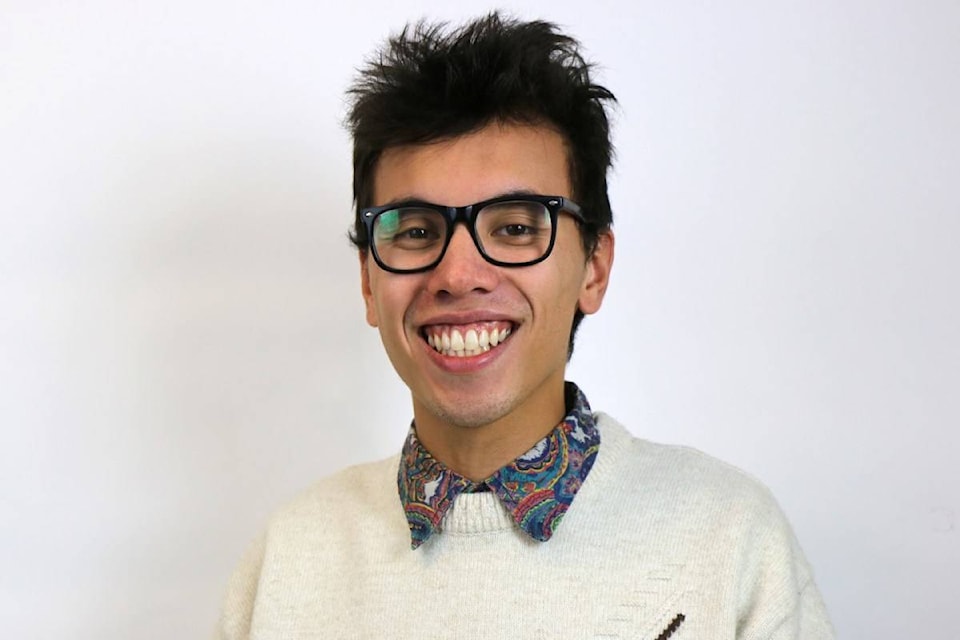As Canadians across the country honoured the victims of the residential school system on Orange Shirt Day on Sept. 30, I felt that it was the appropriate time to launch a series that I have been working on based on an interview that I had with Anne Jimmie, a Lower Kootenay Band Elder and residential school survivor.
I met with Anne just over a month ago. She stopped by the Advance’s office, and for over an hour, she told me about her life. She went into detail about the horrific treatment and abuse she endured while at Cranbrook’s St. Eugene Indian Residential School, and the lasting impacts this had on her life.
She spoke of how her residential school experience made her feel ashamed of nearly all aspects of her life: her family, her Ktunaxa heritage and her sense of self. The constant abuse she received at the hands of nuns, priests and other students made her believe for the longest time that she was “one of God’s worst creations.”
Anne is 72-years-old now, but it took decades for her to heal and to regain the sense of pride that was ripped away from her when she was five.
READ MORE: Saving the inner child: A LKB Elder’s experience in the residential school system
It was a difficult and emotional conversation. But I’m honoured and glad that Anne shared her story with me because it made me realize just how much we don’t know about this horrible chapter in Canada’s history.
According to the government of Canada’s reconciliation page, 150,000 Indigenous children were removed from their families and sent to these schools. In a 2015 report, the Truth and Reconciliation Commission estimated that more than 3,000 children died in this system.
There were more than 139 schools in operation, with the last one closing in the 1990s.
For several years, this period in Canadian history was not taught in schools. When I was in high school, we didn’t talk about residential schools, and I imagine that this was the same case for generations of students before me.
People were — and still are — unaware of the true nature of this system and the damage it has done to generation upon generation of Indigenous peoples and their families. The intent of this system was to “kill the Indian and save the child.”
The schools may have closed, but their legacies are still alive.
Education was used as a weapon against these children, and while we can’t change what happened, we can certainly educate people to make sure they know what occurred.
That’s exactly what is happening today. Students at all grade levels are now receiving education about Canada’s residential school system, and that is leading to greater awareness and understanding among the younger generation.
Consider Erickson Elementary School, for example. I spoke with Janet Zarchukoff, the school’s Aboriginal youth worker, and she told me how at each grade level, there is some curriculum-based teaching on truth and reconciliation, and the residential school system.
READ MORE: Erickson Elementary School creates fence display for Orange Shirt Day
My hope is that sharing Anne’s story leads to more understanding about residential schools.
Anne is just one of several members of this community who survived this dysfunctional school system.
Reconciliation starts with education, and if we as a nation are serious about reconciling with Indigenous peoples, then we need to be open to learning about their history.
Do you have something to add to this story, or something else we should report on? Email: aaron.hemens@crestonvalleyadvance.ca
@aaron_hemens
aaron.hemens@crestonvalleyadvance.ca
Like us on Facebook and follow us on Twitter.
